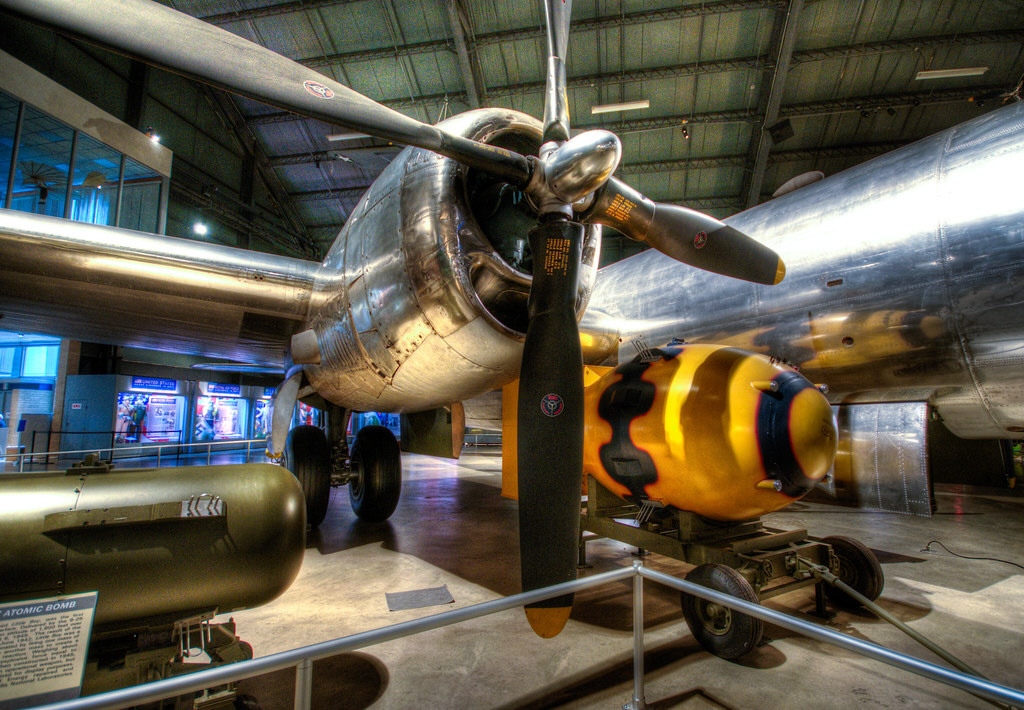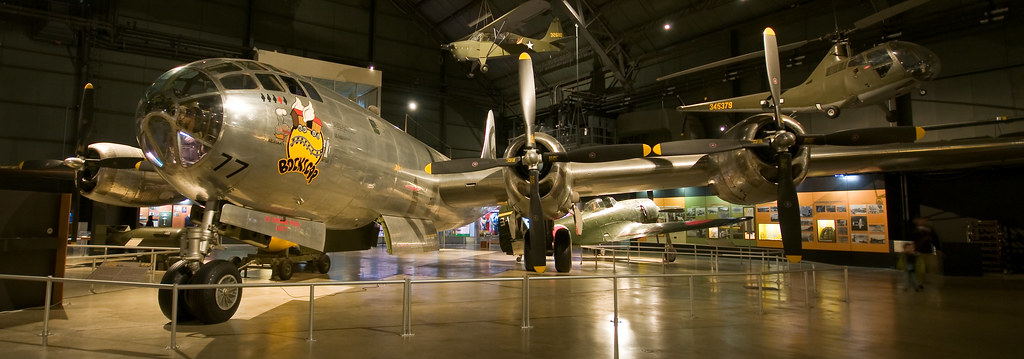Six days after the detonation over Nagasaki, on August 15, Japan announced its surrender to the Allied Powers, signing the Instrument of Surrender on September 2, officially ending the Pacific War and therefore World War II. Germany had signed its unavoidable Instrument of Surrender on May 7, ending the war in Europe. The bombings led, in part, to post-war Japan adopting Three Non-Nuclear Principles, forbidding the nation from nuclear armament. The role of the bombings in Japan's surrender and the U.S.'s ethical justification for them is still debated.
The U.S., in collaboration with the United Kingdom and Canada, with their respective secret projects Tube Alloys and Chalk River Laboratories, designed and built the first atomic bombs under what was called the Manhattan Project. The scientific research was directed by American physicist J. Robert Oppenheimer. The Hiroshima bomb, a gun-type bomb called "Little Boy", was made with uranium-235, a rare isotope of uranium. The atomic bomb was first tested at Trinity Site, on July 16, 1945, near Alamogordo, New Mexico. The test weapon, "the gadget," and the Nagasaki bomb, "Fat Man," were both implosion-type devices made primarily of plutonium-239, a synthetic element.

"Little Boy" Atomic Bomb (on the left) and "Fat Man" Atomic Bomb (on the right) on display next to the Boeing B-29 Superfortress "Bockscar", from which a "Fat Man" bomb was dropped over Nagasaki.
The Mk I bomb, nicknamed "Little Boy," was the first nuclear weapon used in warfare. It was delivered by the B-29 Enola Gay (on display at the Smithsonian National Air & Space Museum), it detonated at an altitude of 1,800 feet over Hiroshima, Japan, on Aug. 6, 1945. The result of the Manhattan Project, begun in June 1942, "Little Boy" was a gun-type weapon, which detonated by firing one mass of uranium down a cylinder into another mass to create a self-sustaining nuclear reaction. Weighing about 9,000 pounds, it produced an explosive force equal to 20,000 tons of TNT. When constructed in 1945, the "Little Boy" on display was an operational weapon, but it has been completely demilitarized for display purposes.
A "Fat Man" bomb was dropped over Nagasaki, Japan, on Aug. 9, 1945, near the end of World War II. Released by the B-29 Bockscar, the 10,000-pound weapon was detonated at an altitude of approximately 1,800 feet over the city. The bomb had an explosive force (yield) of about 20,000 tons of TNT, about the same as the bomb dropped on Hiroshima. Because of Nagasaki's hilly terrain, however, the damage was somewhat less extensive than of the relatively flat Hiroshima. "Fat Man" was an implosion-type weapon using plutonium. A subcritical sphere of plutonium was placed in the center of a hollow sphere of high explosive (HE). Numerous detonators located on the surface of the HE were fired simultaneously to produce a powerful inward pressure on the capsule, squeezing it and increasing its density. This resulted in a supercritical condition and a nuclear explosion.

Bockscar was one of 15 specially modified "Silverplate" B-29s assigned to the 509th Composite Group. Most B-29s carried eight .50-cal. machine guns in remote controlled turrets, two .50-cal. machine guns and one 20mm cannon in a tail turret, and up to 20,000 pounds of bombs. Silverplate B-29s, however, retained only the tail turret and had their armor removed to save weight so that the heavy atomic bombs of the time could be carried over a longer distance.
Designed in 1940 as an eventual replacement for the B-17 and B-24, the first B-29 made its maiden flight on Sept. 21, 1942. In December 1943 U.S. Army Air Forces leadership committed the Superfortress to Asia, where its great range made it particularly suited for the long over-water flights against the Japanese homeland from bases in China. During the last two months of 1944, B-29s began operating against Japan from the islands of Saipan, Guam and Tinian. With the advent of the conflict in Korea in June 1950, the B-29 returned to combat. Although vulnerable to MiG-15 jet fighter attacks, the Superfortress remained effective against several types of targets throughout the Korean War.

No comments:
Post a Comment